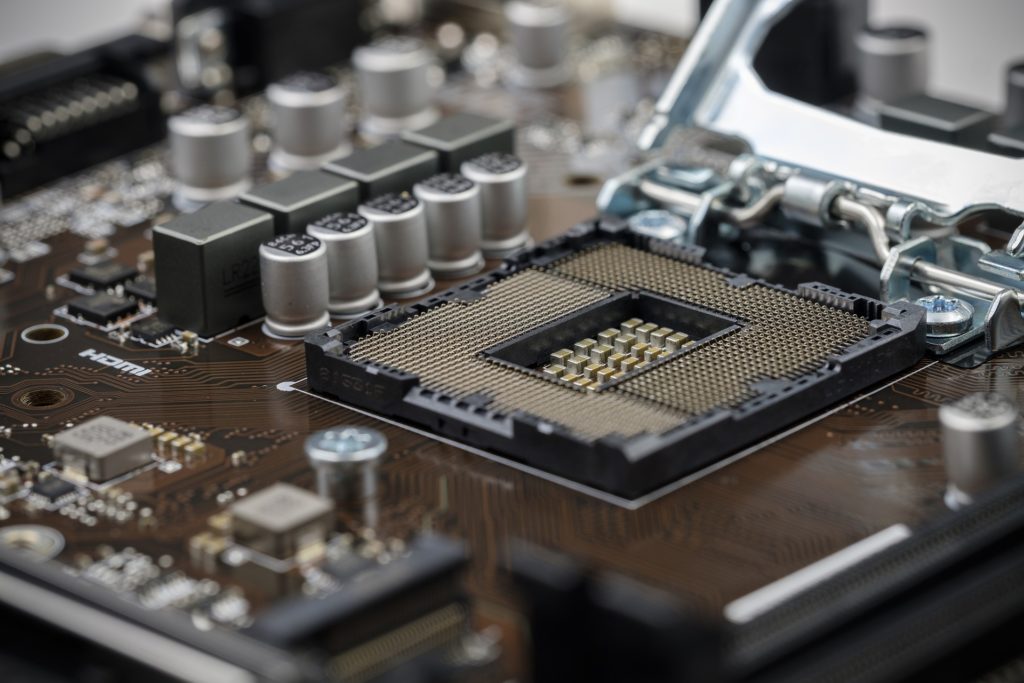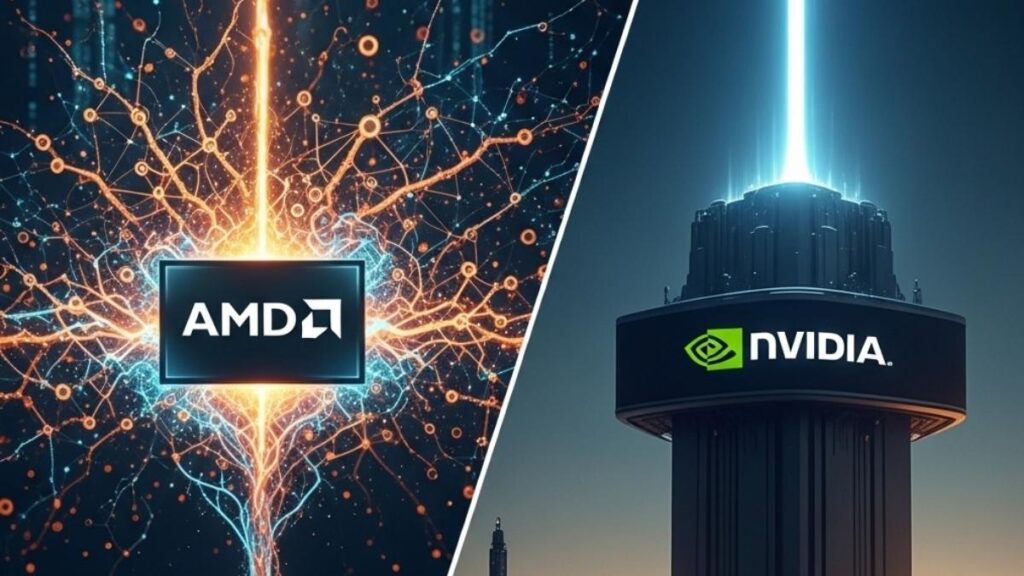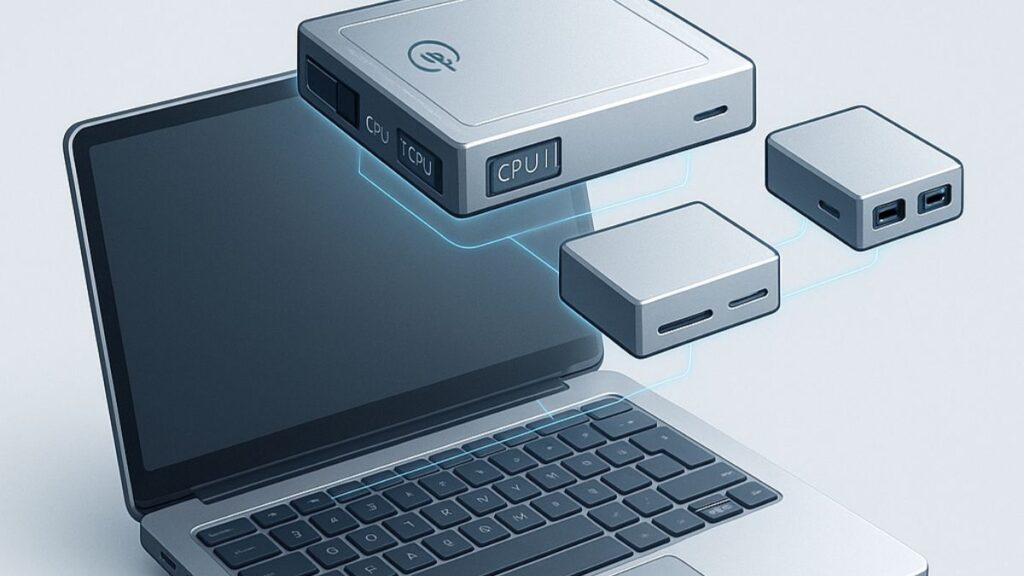I’ve been meeting with several PC OEMs of late and there is a near constant cadence of producing more and more systems with AMD as the core technology provider. This is both because Intel has been having security and production problems, and because AMD has been executing at a cadence that has their CEO, Lisa Su, ranked as one of the best in the world.
But, behind the scenes—in what is expected to be a strong quarter—the OEMs are still going to be short product because they can’t easily swap Intel processors for those created by AMD. AMD has also had issues in the past and you’d think the OEMs would demand both vendors come together on a common socket so that when this problem happens it just reflects on the supplier having the problem not the entire industry.
Let’s talk about that this week.
The Common Socket Problem
AMD and Intel both exist because IBM, when they created the PC in the first place, wanted redundancy in their vendors so that if one had a problem they could easily switch to the other and wouldn’t take a revenue hit at a critical time. Particularly in the consumer market, buying cycles are highly seasonal and if you miss either back to school or holiday buying seasons, your entire year sales could fall well below expectations. CEOs are typically not particularly forgiving when this happens, because boards and investors aren’t forgiving either, so avoiding that outcome became a priority when selecting X86—and architecture championed by Intel—as the platform for their effort.
So, Intel licensed the architecture to AMD, creating a second source for the processors and enabling Intel to become the predominant PC microprocessor vendor. Meanwhile, AMD got a revenue stream that enabled them to grow and prosper as well.
But then AMD wanted more than just to be the redundant vendor and to compete to lead the market. This led to a conflict that was resolved by Intel paying AMD a large settlement and AMD, in exchange, giving up access to Intel’s socket and chipset technology. In thinking back the government should have flagged this as anti-competitive and AMD should have never made this move because it locked Intel in and made it almost impossible for AMD to move out of niche status. It should likely go down in history as one of the biggest mistakes both vendors made.
Intel’s Big Mistake
You’ll note I said both vendors. It is clear that it removed opportunity from AMD but why was it also bad for Intel? Well, because it led to the problems Intel has been having for much of this decade. The reason is it allowed Intel to lock in the PC vendors and lock-in generally leads to a supplier taking customers for granted and shifting support from the locked-in segment to other initiatives. This is what was happening when the PC market nearly collapsed. Intel’s executive leadership decided it didn’t really need to push any harder, AMD was having problems anyway, and the PC vendors were stuck, so Intel cut demand generation efforts sharply. As a result, rather than facing AMD competition Intel instead faced a bigger problem of a general market decline. Under their last CEO, Brian Krzanich, they all but abandoned both PCs and servers, and while Bob Swan is doing an impressive job turning Intel around the firm wouldn’t be in the place it is in had it not taken its eye off the ball and executed a failed attempt to displace Qualcomm.
GPUs
Now if you look at the GPU segment—I’m talking about graphics cards—you don’t see these kinds of issues and that is because AMD and NVIDIA are socket compatible (on desktop computers). If one makes a mistake or has a problem, the market can and does shift to the other. You’ll note that neither of these vendors have taken their customers or their market for granted even as NVIDIA impressively pivoted to AI and self-driving cars.
They compete heavily, remain focused on building the markets that are paying the bills, and the OEMs aren’t talking about them like they used to complain about Intel.
Wrapping Up: We Need the Common Socket Back
It isn’t just the end customers and OEMs that need the common socket back, but Intel and AMD as well. Competition is critical for any market because invariably when you remove it the new dominant vendor abuses their near absolute power and gets into trouble. IBM did this with mainframes in the 80s, Microsoft did this with browsers in the 90s, and Intel is in trouble now. By promoting competition, rather than eliminating it, much like a successful athlete needs to find challenging opponents to remain competitive, vendors better assure their futures and are more successful in preserving their markets.
I should add it is also a ton more fun to work in a competitive market because firms will spend to compete and that means raises and incentives because it is more critical to get and retain good people. Put bluntly: competition good, lock-in bad…for everyone.
One final proof point, Microsoft also focused on lock-in broadly with browsers but was forced to interoperate by the EU. As a result, they aren’t only far more successful—the company is a far more interesting place to work today. Just saying.
- The Human Element: HP’s Latest Security Report and My Near-Miss with a Digital Predator - July 11, 2025
- The Mighty Mini: Why HP’s Z2 Mini G1a Workstation Is the Unsung Hero of AI Development - July 7, 2025
- The HP OmniBook X Flip 2-in-1 16-Inch: Your New Digital Swiss Army Knife (Now in Glorious Atmospheric Blue) - June 25, 2025



